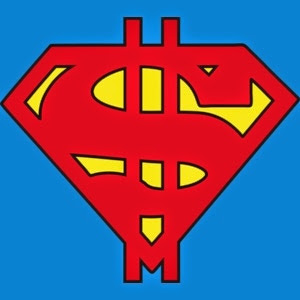
The US dollar is posting gains across the board.  It has risen above JPY103 to its best level since early April.  The euro has been pushed through the $1.33 and is at its lowest level since last September. The greenback is also edging higher against the dollar-bloc and most emerging market currencies. Â
Sterling is the main exception. It also had been under pressure, slipping to $1.6600, but two dissents in favor an immediate rate hike at this month’s MPC meeting sent sterling quickly higher (~$1.6680), before sellers re-emerged. The dissents came from the MPC’s external members Weale and McCafferty. There had been some speculation of 1-2 dissents, though we were skeptical. Â
UK interest rates rose a few basis points across the curve, and this lent sterling support. However, data out since the MPC meeting indicates, coupled with the tone of the minutes, ensures Weale and McCafferty stay in the minority. In the minutes, the majority resisted the call for an immediate rate hike, concluding that an early rate hike would leave the UK vulnerable to fresh shocks. Moreover, since the MPC meeting, policy makers and investors have learned that average earnings on a year-over-year basis turned negative, and consumer inflation was 0.3% lower than the BOE had forecast. Â
That said, the market may not be done adjusting positions in sterling.  The BOE is still expected to be the first of the major central banks to hike rates.  And strength in upcoming data, including tomorrow’s July retail sales report (expected to have risen 0.4% after softness in the May and June reports) could allow sterling to recover. The $1.6680, today’s high, corresponds to the 200-day moving average. Above there, there is potential $1.6720 initially. Â
The strongest rise in US housing starts in a year, paced by the largest rise in multi-family dwellings since 2006, barely managed to lift the US 10-year yield to 2.40%. Â Nevertheless, the dollar remained firmed against the yen, and it was the disappointing Japanese trade figures that helped lift the greenback above the JPY103 threshold to reach JPY103.35 in the European morning. When adjusted for seasonal variation or not, Japan’s trade shortfall was larger than expected. On an adjusted basis, the July deficit was over JPY1 trillion for the second month in a row, after snapping a streak of over JPY1 trillion deficit in April and May, that went back to last September. Â Â

